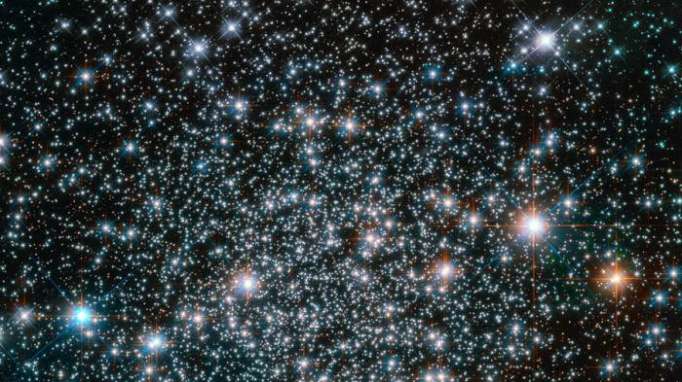The remarkable breakthrough was made using a simple but high-tech antenna in the remote Western Australia outback to detect radio signals from the first stars. The research led by Arizona State University School of Earth and Space Exploration astronomer Judd Bowman has been published in the journal Nature.
The scientists used a simple radio antenna – similar in size to a tabletop, coupled with an exquisitely sensitive receiver to see further back than even the Hubble telescope.
“This is the first time we’ve seen any signal from this early in the universe, aside from the afterglow of the Big Bang,” Bowman told Nature. Following the Big Bang 13.8 billion years ago there was only darkness in the universe – a period known as the Cosmic Dark Ages.This research indicates this age lasted 180 million years.
The signals detected by the radio spectrometer, located at the Australian national science agency's (CSIRO) Murchison Radio-astronomy Observatory (MRO) in Western Australia, came from primordial hydrogen gas that filled the young universe and existed between all the stars and galaxies.
“It is unlikely that we’ll be able to see any earlier into the history of stars in our lifetimes,” said Bowman in a statement. “This project shows that a promising new technique can work and has paved the way for decades of new astrophysical discoveries.”
While the frequency of the signal was predicted, scientists were surprised by its strength. It was twice as strong as expected, a factor which could completely revolutionize our understanding about dark matter, according to scientists.
Astronomers and astrophysicists have long pondered questions around the formation of the first stars and how they impacted the rest of the universe. These results confirm the general theoretical expectations of when the first stars formed and the most basic properties of early stars.
“We see this dip most strongly at about 78 megahertz, and that frequency corresponds to roughly 180 million years after the Big Bang. In terms of a direct detection of a signal from the hydrogen gas itself, this has got to be the earliest,” co-author Alan Rogers of the Massachusetts Institute of Technology’s Haystack Observatory said.
The trailblazing discovery, which was 12 years in the making, has been lauded by fellow astronomers, comparing its scientific importance to the detection of gravitational waves in 2015. Antony Schinckel, a scientist with Australian research organization CSIRO praised the discovery of the signal as "an absolute triumph."
"These researchers with a small radio antenna in the desert have seen farther than the most powerful space telescopes, opening a new window on the early universe,” said Peter Kurczynski, from the National Science Foundation, who supported the project.
Further research using another instrument will now need to be carried out to confirm this team’s detection “We worked very hard over the last two years to validate the detection, but having another group confirm it independently is a critical part of the scientific process,” said Bowman.
More about:
















































